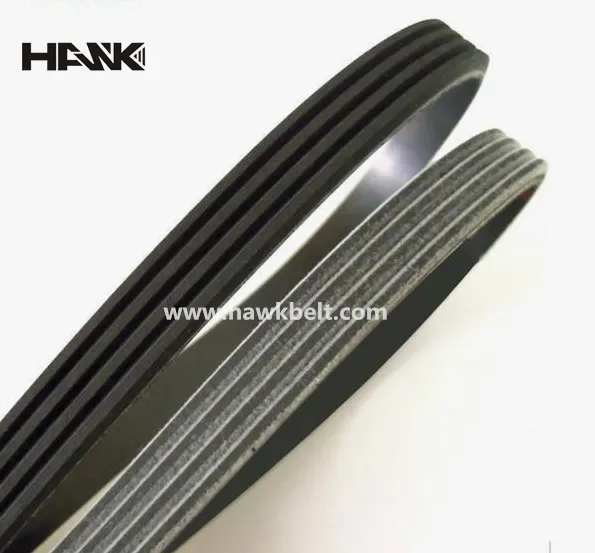- Arabic
- French
- Russian
- Spanish
- Portuguese
- Turkish
- Armenian
- English
- Albanian
- Amharic
- Azerbaijani
- Basque
- Belarusian
- Bengali
- Bosnian
- Bulgarian
- Catalan
- Cebuano
- Corsican
- Croatian
- Czech
- Danish
- Dutch
- Afrikaans
- Esperanto
- Estonian
- Finnish
- Frisian
- Galician
- Georgian
- German
- Greek
- Gujarati
- Haitian Creole
- hausa
- hawaiian
- Hebrew
- Hindi
- Miao
- Hungarian
- Icelandic
- igbo
- Indonesian
- irish
- Italian
- Japanese
- Javanese
- Kannada
- kazakh
- Khmer
- Rwandese
- Korean
- Kurdish
- Kyrgyz
- Lao
- Latin
- Latvian
- Lithuanian
- Luxembourgish
- Macedonian
- Malgashi
- Malay
- Malayalam
- Maltese
- Maori
- Marathi
- Mongolian
- Myanmar
- Nepali
- Norwegian
- Norwegian
- Occitan
- Pashto
- Persian
- Polish
- Punjabi
- Romanian
- Samoan
- Scottish Gaelic
- Serbian
- Sesotho
- Shona
- Sindhi
- Sinhala
- Slovak
- Slovenian
- Somali
- Sundanese
- Swahili
- Swedish
- Tagalog
- Tajik
- Tamil
- Tatar
- Telugu
- Thai
- Turkmen
- Ukrainian
- Urdu
- Uighur
- Uzbek
- Vietnamese
- Welsh
- Bantu
- Yiddish
- Yoruba
- Zulu
វិច្ឆិកា . 06, 2024 20:47 Back to list
Understanding Timing Belts and Chains for Engine Performance and Maintenance
Understanding Timing Belts and Chains A Vital Component in Engine Mechanics
The engine is the heart of any vehicle, seamlessly converting fuel into motion. One critical component that plays a pivotal role in this process is the timing belt or chain. Understanding the differences between these two elements and their roles within the engine can help car owners maintain their vehicles and ensure longevity.
What Are Timing Belts and Chains?
The timing belt and timing chain serve a similar purpose they synchronize the rotation of the crankshaft and camshaft(s). This synchronization is crucial for ensuring that the engine's valves open and close at the right times during each cylinder's intake and exhaust strokes. If the timing is off, it can result in poor engine performance and may even lead to severe engine damage.
Timing belts are typically made from reinforced rubber, featuring teeth that grip the gears, ensuring a snug connection. They tend to be quieter and lighter than chains, offering a smoother operation. On the other hand, timing chains are made from metal, similar to bicycle chains, and are known for their durability and longevity.
Pros and Cons of Timing Belts
Advantages of Timing Belts 1. Quiet Operation Timing belts operate more quietly compared to chains, enhancing the overall driving experience. 2. Lightweight Being lighter helps improve the efficiency of the engine, as less energy is needed to turn the components. 3. Cost-Effective Replacement When a timing belt needs replacing, it is generally less expensive than changing a timing chain.
Disadvantages of Timing Belts 1. Limited Lifespan Timing belts typically have a shorter lifespan, often needing replacement every 60,000 to 100,000 miles. 2. Risk of Failure A failing timing belt can lead to catastrophic engine damage, especially in interference engines where the pistons and valves share the same space.
timing belt and chain

Pros and Cons of Timing Chains
Advantages of Timing Chains 1. Durability Timing chains are built to last, often not requiring replacement until the engine itself has issues, sometimes up to 200,000 miles or more. 2. No Need for Regular Replacement Since chains are typically more robust, they do not have a set replacement interval like belts.
Disadvantages of Timing Chains 1. Noise Timing chains can be noisier, which may be a consideration for some vehicle owners. 2. Higher Cost When a timing chain does need repair or replacement, it is usually more costly due to the complex labor involved.
Maintenance and Care
Proper maintenance of the timing belt or chain is essential for a well-performing engine. For timing belts, regular inspections and adhering to the manufacturer’s replacement guidelines are crucial. Neglecting to replace a timing belt can lead to severe issues, including engine failure.
For timing chains, while they may not require frequent replacement, it is still vital to monitor for signs of wear, such as rattling noises, which can indicate that the chain tensioner is malfunctioning or that the chain itself is stretching.
Conclusion
Both timing belts and chains play an essential role in engine longevity and performance. While they serve the same fundamental purpose, their differences in construction and maintenance needs make understanding each one crucial for vehicle owners. Regular maintenance and adherence to replacement guidelines can save drivers from costly repairs and ensure that their engines run smoothly for years to come. Whether your vehicle operates with a timing belt or a chain, attention to this vital component is key to automotive success.
-
Korean Auto Parts Timing Belt 24312-37500 For Hyundai/Kia
NewsMar.07,2025
-
7PK2300 90916-T2024 RIBBED BELT POLY V BELT PK BELT
NewsMar.07,2025
-
Chinese Auto Belt Factory 310-2M-22 For BMW/Mercedes-Benz
NewsMar.07,2025
-
Chinese Auto Belt Factory 310-2M-22 For BMW/Mercedes-Benz
NewsMar.07,2025
-
90916-02660 PK Belt 6PK1680 For Toyota
NewsMar.07,2025
-
drive belt serpentine belt
NewsMar.07,2025

